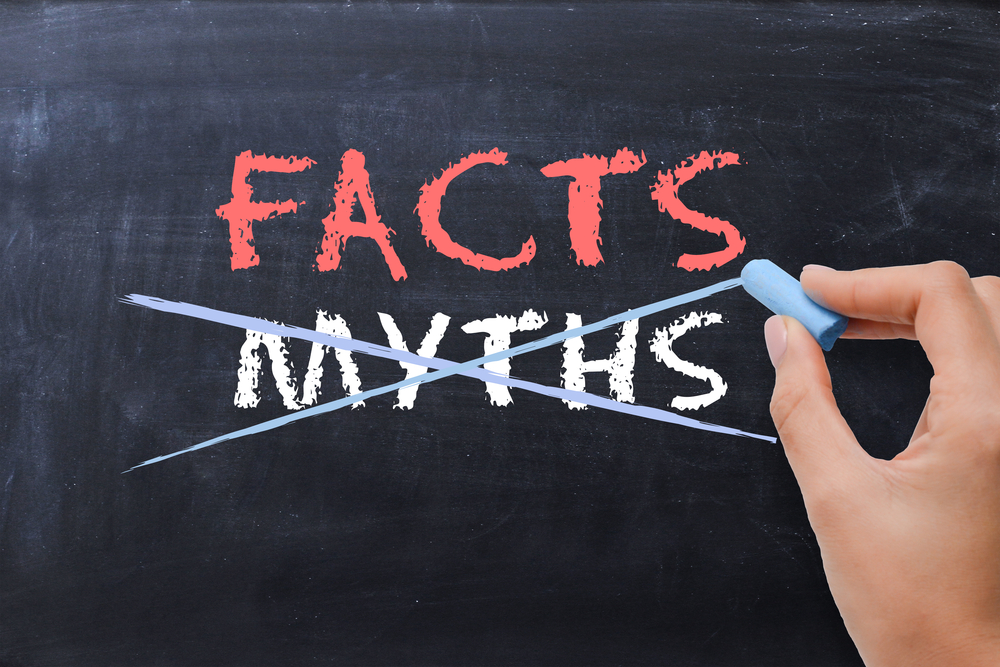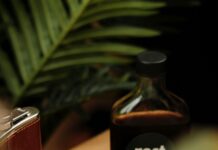Staying Safe in the Sun: Myths vs. Facts
Introduction
The sun is a source of life, but it can also be dangerous to our health. It provides us with Vitamin D and makes us feel better generally, but overexposure may lead to serious problems like skin cancer, premature aging, and eye damage. There are so many sun safety tips out there making it difficult for one to know. This article looks at common myths and presents information that will help you not get burnt by the sun.
Myth 1: Sun Exposure is Always Harmful
Fact: Moderate sun exposure is good.
Overexposure to the sun’s ultraviolet (UV) rays can be harmful; however, moderate sunlight is necessary for well-being. The body synthesizes Vitamin D when exposed to sunlight which ensures bone health, immune function and mood regulation.
Safe Practice: Spend short periods in the sun (about 10-30 minutes) a few times a week without sunscreen to allow for Vitamin D production, depending on your skin type and local UV index. Outside these periods, use sun protection to avoid overexposure.
Myth 2: You don’t need sunscreen on overcast days
Reality; clouds are not a barrier for UV radiation.
As long as the cloud cover is thin enough, up to 80% of UV rays may still sneak through and burn you. Overcast weather typically creates a false impression of being safe that sees people evade sunscreens among other safety measures.
Safe practice: Wear sunscreen daily regardless of the weather. Choose a broad spectrum sunscreen with minimum Sun Protection Factor (SPF) 30 and applies it every two hours or after every swimming session or perspiration.
Myth 3: Darker Skin Doesn’t Need Sunscreen
Fact: All skin shades require adequate sun protection.
While melanin content is higher in darker skin and offers some degree of UV ray protection, this does not render them impervious to sun damage. People with darker skins can experience any of sunburn, cancer of the skin or early aging due to exposure to sunlight.
Safe practice: All individuals irrespective of their complexion should apply sunscreen. Such product should be water resistant and characterized by a broad-spectrum feature.
Myth 4: You Can’t Get Sunburned in the Water
Fact: Water reflects UV rays.
Water reflects ultraviolet rays from the sun making water sports such as swimming very dangerous without proper protection from the rays resulting into easily getting burned by them.
Safe Practice: Wear a water-resistant, wide-spectrum sunblock with SPF 30 or higher than that prior to going into the water. Apply again immediately after swimming, towel drying, or sweating.
Myth 5: Tanning is Safe as Long as You Don’t Burn
Fact: Every tan is a sign of skin damage.
UV rays cause tanning by penetrating the skin and initiating protective melanin production. This indicates damaged skin which can result in long-term skin problems including cancer if tanning continues.
Safe Practice: Avoid deliberate tanning. When wanting a tanned look you should use sunless tanning products like lotions; sprays or professional spray-on methods.
Myth 6: Sunscreen Alone is Enough to Protect You
Fact: Sunscreen is just one part of sun protection.
Sun block is not enough but it should be used along with other measures of sun safety. Depending on sunscreen only may give false comfort especially when it’s not properly applied frequently enough.
Safe Practice: Combine sunscreen with other protective measures:
Wear Protective Clothing: Long sleeves, wide-brimmed hats, and sunglasses.
Seek Shade: Stay under umbrellas, trees, or other shelters during peak sun hours (10 a.m. to 4 p.m.).
Avoid Peak Sun Hours: Plan outdoor activities for early morning or late afternoon when UV rays are less intense.
Myth 7: A Higher Sun Protection Factor (SPF) Allows You to Stay in the Sun for Longer
Fact: SPF is an index of protection, not endurance.
Sunburns are caused by UVB radiations and spf measures a sunscreen’s ability to guard against these rays. Nonetheless, it should be noted that higher SPF does not mean you can stay in the sun longer without reapplying. SPF 30 blocks about 97% of UVB rays, while SPF 50 blocks about 98%.
Safe Practice: Pick a sunscreen with at least an SPF of 30 and make sure to apply every two hours or more if swimming or sweating. Do not use a high spf as a reason to extend sun exposure.
Myth 8: You Don’t Need Sunscreen Indoors or in Cars
Fact: Ultraviolet rays pass through windows.
Glass impedes most UVB rays although UVA radiation which leads to skin aging and cancer still goes through windows. This means that even when you are inside buildings or cars, you may be exposed to harmful radiation.
Safe Practice: Always apply sunscreen on exposed skin prior even when one plans on staying indoors or in their car for long periods of time. Think about using films that provide ultraviolet protection for your windows.
Myth 9: Once a Day Application of Sunscreen is Enough
Fact: The efficacy of sunscreens decreases over time.
Sunscreen fades away due to reasons such as perspiration, swimming and natural oils from the skin hence needs regular applications so as not to lose its effectiveness.
Safe Practice: Apply sunscreen again after two hours, or immediately after swimming, towel drying off, or perspiring heavily.
Myth 10: Sunscreen is Only for Summer
Fact: UV rays are present throughout the year.
UV rays can cause skin damage in any weather conditions including winter. Snow and ice can reflect UV rays and intensify sunburn risks.
Safe Practice: Wear sunscreen every day of the year, focusing on areas that are exposed to the sun such as your face, neck and hands. Adjust your sun protection routine based on seasonal activities and exposure levels.
Myth 11: Natural or DIY Sunscreens are as Effective as Commercial Ones
Fact: Most homemade sunscreens lack proper testing and efficacy.
Natural or homemade sunscreens may not be rigorously tested to ensure they offer sufficient protection against ultraviolet radiation. Simply using coconut oil or essential oils doesn’t work as a sunscreen.
Safe Practice: Use commercially available sunscreens that have been tested by relevant health authorities. Look for a product labeled “broad-spectrum” to get protection from both UVA and UVB rays.
Myth 12: Sunscreen Causes Vitamin D Deficiency
Fact: Proper use of sunscreen does not significantly affect Vitamin D levels.
While sunscreen can reduce Vitamin D synthesis, studies show that normal use does not cause Vitamin D deficiency. Most people get enough Vitamin D through limited sun exposure and diet.
Safe Practice: You should strike a balance between sunscreen protection and a little exposure to the sun. If you worry about shortage of Vitamin D, consult your healthcare provider on supplements.
Sun Safety Tips
Follow these tips to make sure that your sun protection is all encompassing:
Apply Sunscreen Correctly: Use approximately one ounce or a shot glass worth of sunscreen for each area exposed. Apply it 15 minutes before going outside.
Check Expiry Dates: Sunscreens lose their effectiveness over time; replace expired ones.
Protect Children: Kids’ skins are more sensitive hence use children’s sunscreen and encourage protective clothing and hats.
Stay Informed: Watch out for the UV index in your locality so as to know the level of risk every day and protect yourself from too much sun if necessary.
Conclusion
Understanding the facts about sun safety is essential for protecting your skin and overall health, therefore debunking common myths and adopting successful strategies will allow you to bask in the sunlight while minimizing its hazards. Remember to apply broad spectrum sunscreen, wear protective clothing, seek shade, be aware of how UV rays affect you daily. By adopting these behaviors, not just during summer but also throughout the year you will be able to enjoy safe fun in the sun.


























